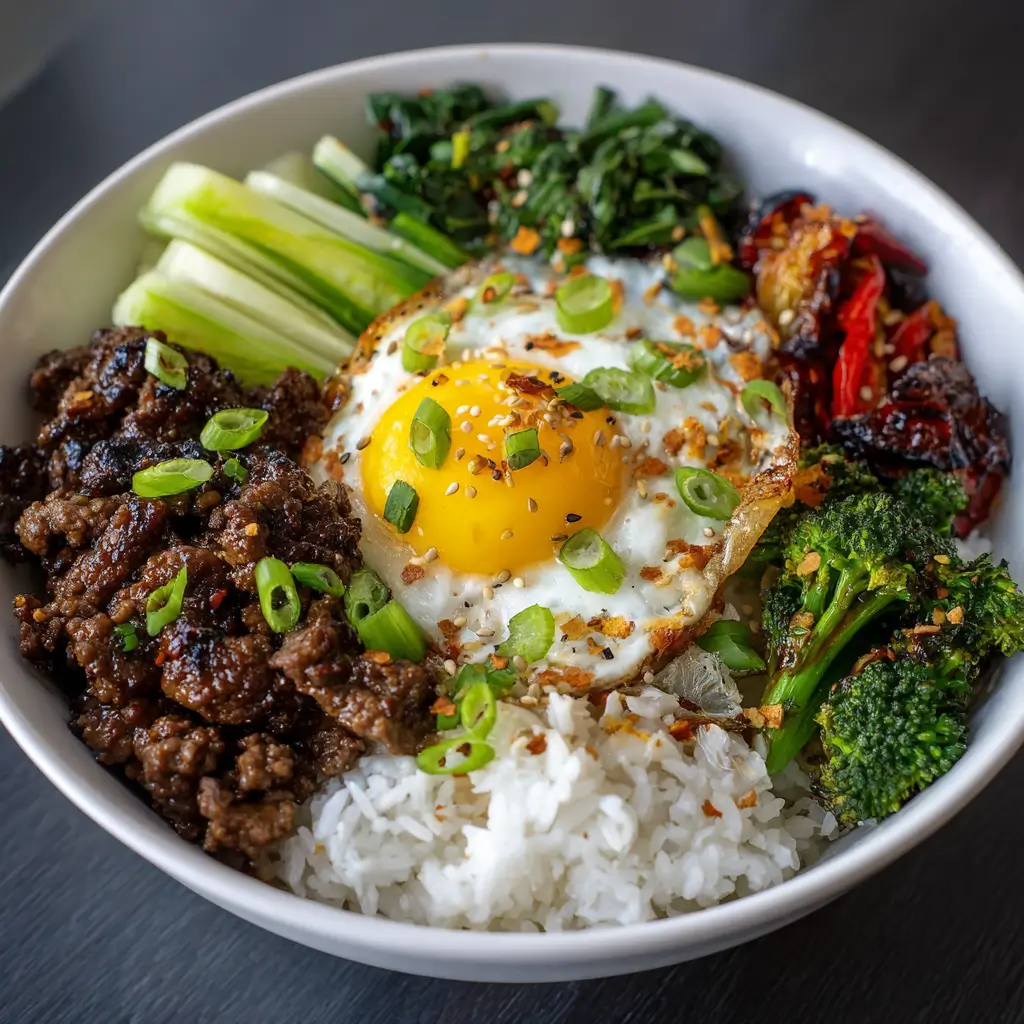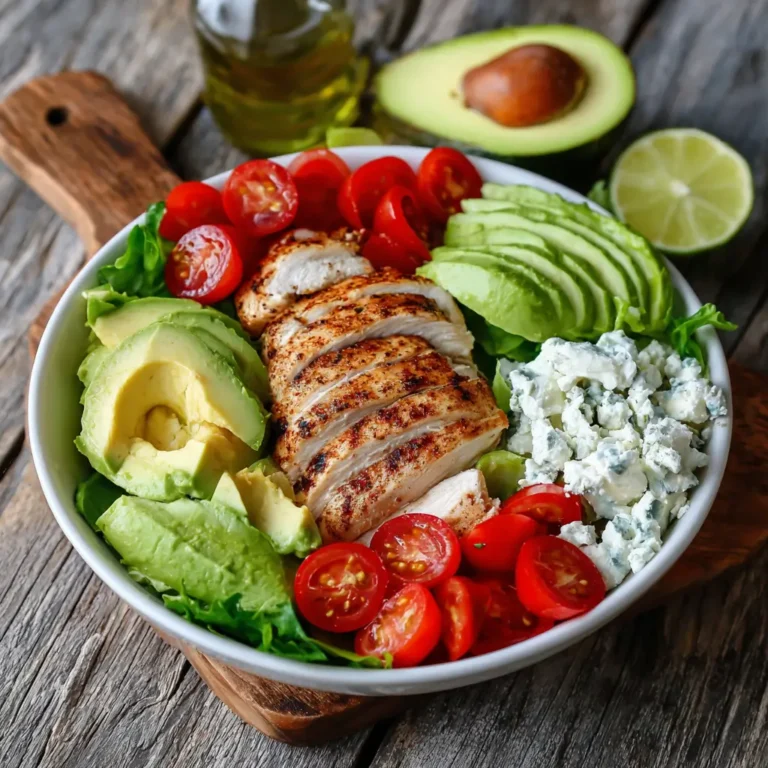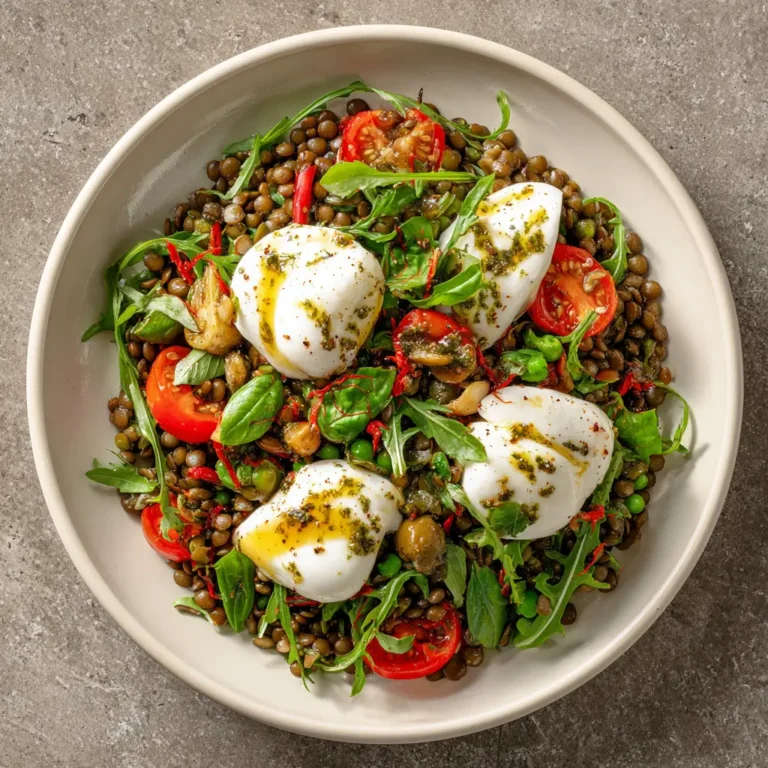Korean Beef Bowls
Korean Beef Bowls: A Flavor-Packed Culinary Journey
Welcome to the world of Korean Beef Bowls — a delicious, easy-to-make dish that brings together bold flavors, tender marinated beef, and vibrant toppings in one satisfying bowl. Whether you’re a fan of Korean cuisine or new to its wonders, this recipe promises a restaurant-quality meal right from your kitchen. Let’s dive into everything you need to know about making and enjoying Korean Beef Bowls.
The History Behind Korean Beef Bowls
While traditional Korean cuisine features iconic dishes like bibimbap and bulgogi, the modern “Korean Beef Bowl” is an evolution rooted in both heritage and global fusion trends. The concept borrows heavily from bulgogi, which translates to “fire meat” — thinly sliced, marinated beef grilled to perfection. Over time, as Korean food gained popularity worldwide, chefs and home cooks began adapting these flavors into quick, customizable bowls that cater to modern tastes and fast-paced lifestyles. Today, Korean Beef Bowls are a staple in meal prep, Korean-American restaurants, and healthy eating circles alike.
Ingredients Breakdown: What Makes This Dish Shine
The magic of Korean Beef Bowls lies in the harmony of ingredients. Here’s what goes into crafting each component:
- Marinated Beef: Typically sirloin or ribeye, thinly sliced for quick cooking and tender bites.
- Soy Sauce: Adds salty depth and serves as the base of the marinade.
- Brown Sugar: Balances the saltiness with a touch of sweetness.
- Sesame Oil: Infuses the meat with rich, nutty flavor.
- Garlic & Ginger: Essential aromatics that give the dish its signature kick.
- Rice Vinegar or Gochujang: For tang or heat, depending on your preference.
- Cooked Rice: White, brown, or cauliflower rice forms the hearty base.
- Vegetable Toppings: Common choices include shredded carrots, cucumber, spinach, kimchi, avocado, and scallions.
- Optional Proteins: Fried egg, tofu, or shrimp can be added for extra protein.
- Condiments: Sriracha mayo, sesame seeds, gochujang, or furikake add finishing flair.
Step-by-Step Recipe for Korean Beef Bowls
- Prepare the Marinade: In a bowl, whisk together 1/4 cup soy sauce, 2 tbsp brown sugar, 2 tbsp sesame oil, 2 minced garlic cloves, 1 tbsp grated ginger, 1 tbsp rice vinegar, and a pinch of black pepper.
- Marinate the Beef: Add 1 lb of thinly sliced beef to the marinade, ensuring all pieces are coated. Let it sit for at least 30 minutes (or up to overnight in the fridge).
- Cook the Beef: Heat a skillet over medium-high heat. Cook the beef in batches until browned and caramelized, about 3–4 minutes per batch. Set aside.
- Cook the Rice: Prepare 2 cups of rice according to package instructions. Fluff with a fork once done.
- Prepare the Toppings: While the rice and beef cook, shred carrots, slice cucumbers, chop scallions, and prepare any additional veggies or proteins.
- Assemble the Bowls: In a serving bowl, layer rice, then top with beef, vegetables, optional egg, and drizzle with sriracha mayo or gochujang paste. Sprinkle with sesame seeds and enjoy!
Expert Tips for Perfect Korean Beef Bowls
- Use Thinly Sliced Beef: Pre-sliced flank steak or sirloin works best for tenderness and even cooking.
- Don’t Overcook the Beef: High heat and short cooking time ensure juicy, flavorful results.
- Make Ahead: Marinate the beef and prep toppings the night before for quick assembly during busy days.
- Customize Your Bowl: Play with textures and temperatures by adding crunchy, creamy, and spicy elements.
- Keep Sauces Separate: Drizzle sauces just before eating to keep rice from getting soggy.
Variations and Customizations
Korean Beef Bowls are incredibly versatile. Try these creative twists:
- Vegan Option: Substitute beef with marinated tofu, mushrooms, or jackfruit.
- Low-Carb Version: Replace rice with cauliflower rice or lettuce wraps.
- Spicy Kick: Mix gochujang into the marinade or use a sriracha-lime dressing on veggies.
- Protein Boost: Add a soft-boiled egg, edamame, or grilled shrimp.
- Global Fusion: Swap out some toppings for pickled jalapeños, mango, or Thai basil for a twist.
Health Considerations and Nutritional Value
Korean Beef Bowls can easily be made nutritious while still packing flavor. Here’s how:
- Lean Protein: Beef is high in protein and iron. Choose lean cuts for lower fat content.
- Whole Grains: Use brown rice or quinoa for added fiber and complex carbs.
- Fresh Veggies: Load up on colorful vegetables for vitamins, minerals, and antioxidants.
- Healthy Fats: Avocado or a small drizzle of sesame oil adds good fats without overdoing it.
- Sodium Control: Opt for low-sodium soy sauce or coconut aminos to reduce sodium intake.
Full Ingredient List
For the Marinade:
- 1/4 cup soy sauce (or low-sodium)
- 2 tbsp brown sugar
- 2 tbsp sesame oil
- 2 garlic cloves, minced
- 1 tbsp fresh ginger, grated
- 1 tbsp rice vinegar
- Black pepper, to taste
- 1 lb thinly sliced beef (sirloin or flank steak)
For the Bowl Base:
- 2 cups cooked white or brown rice (or cauliflower rice)
For the Toppings:
- Shredded carrots
- Sliced cucumber
- Chopped scallions
- Spinach or kale
- Kimchi
- Avocado slices
- Sriracha mayo (mix sriracha + mayo or vegan alternative)
- Toasted sesame seeds
- Fried egg (optional)
Directions
- In a medium bowl, combine soy sauce, brown sugar, sesame oil, garlic, ginger, rice vinegar, and pepper to make the marinade.
- Add the sliced beef and toss to coat evenly. Cover and refrigerate for at least 30 minutes, preferably longer.
- Heat a large skillet or wok over medium-high heat. Cook the beef in batches until browned and slightly caramelized. Avoid overcrowding the pan; set aside when done.
- Meanwhile, cook the rice according to package instructions.
- Prepare all toppings and place them in separate bowls or containers for easy assembly.
- To serve, layer warm rice in a bowl, add a generous portion of beef, and top with desired veggies, egg, and sauces. Enjoy immediately!
Frequently Asked Questions (FAQ)
Can I use frozen beef?
Yes, but thaw completely first. Partially freezing the beef makes slicing easier, though, so you can chill it briefly before cutting thin slices.
How long does the marinated beef last in the fridge?
Up to






